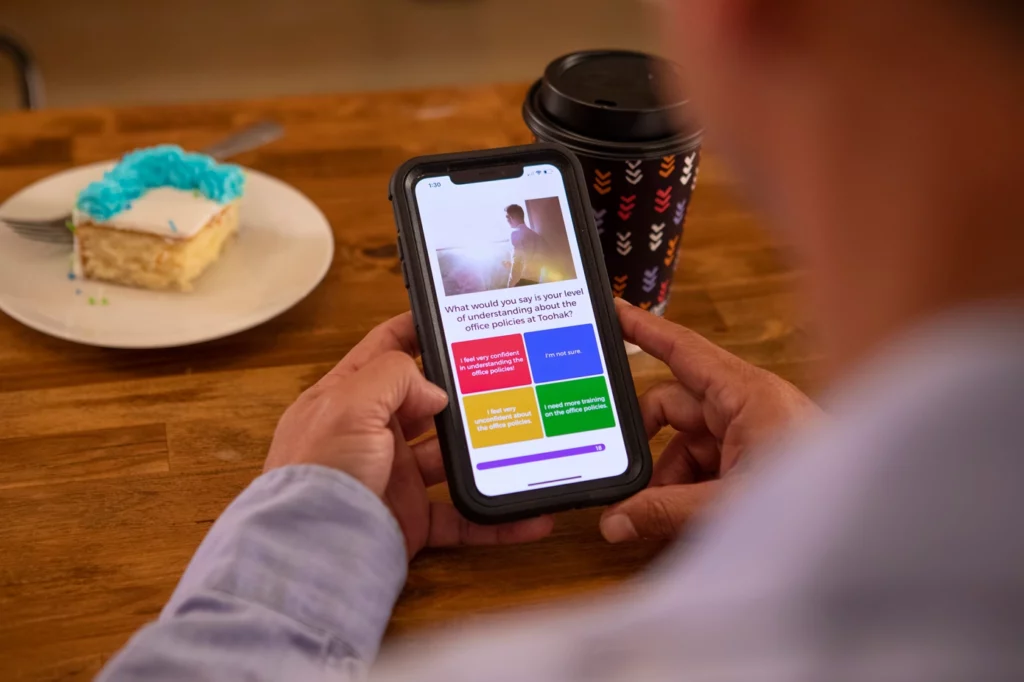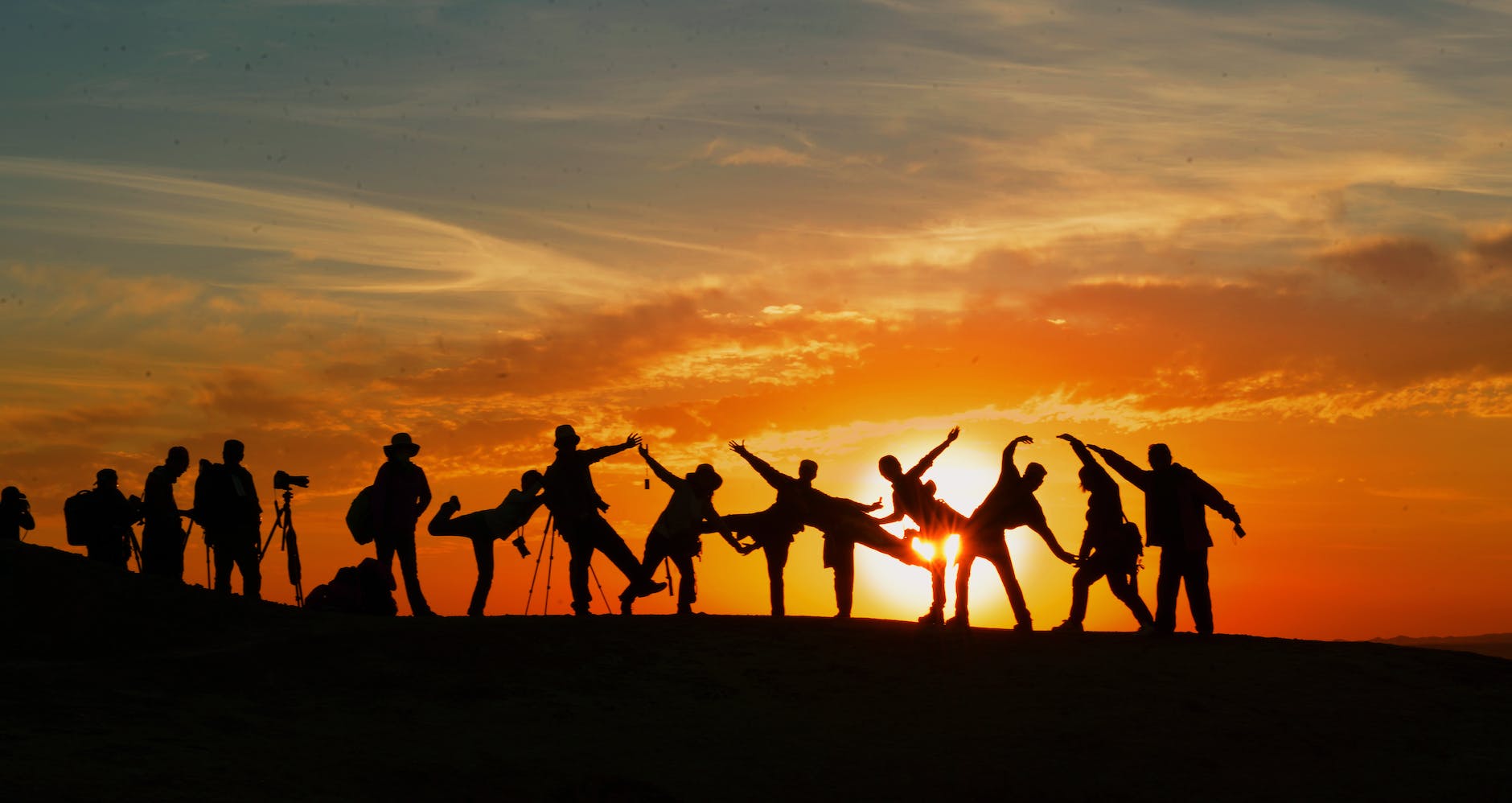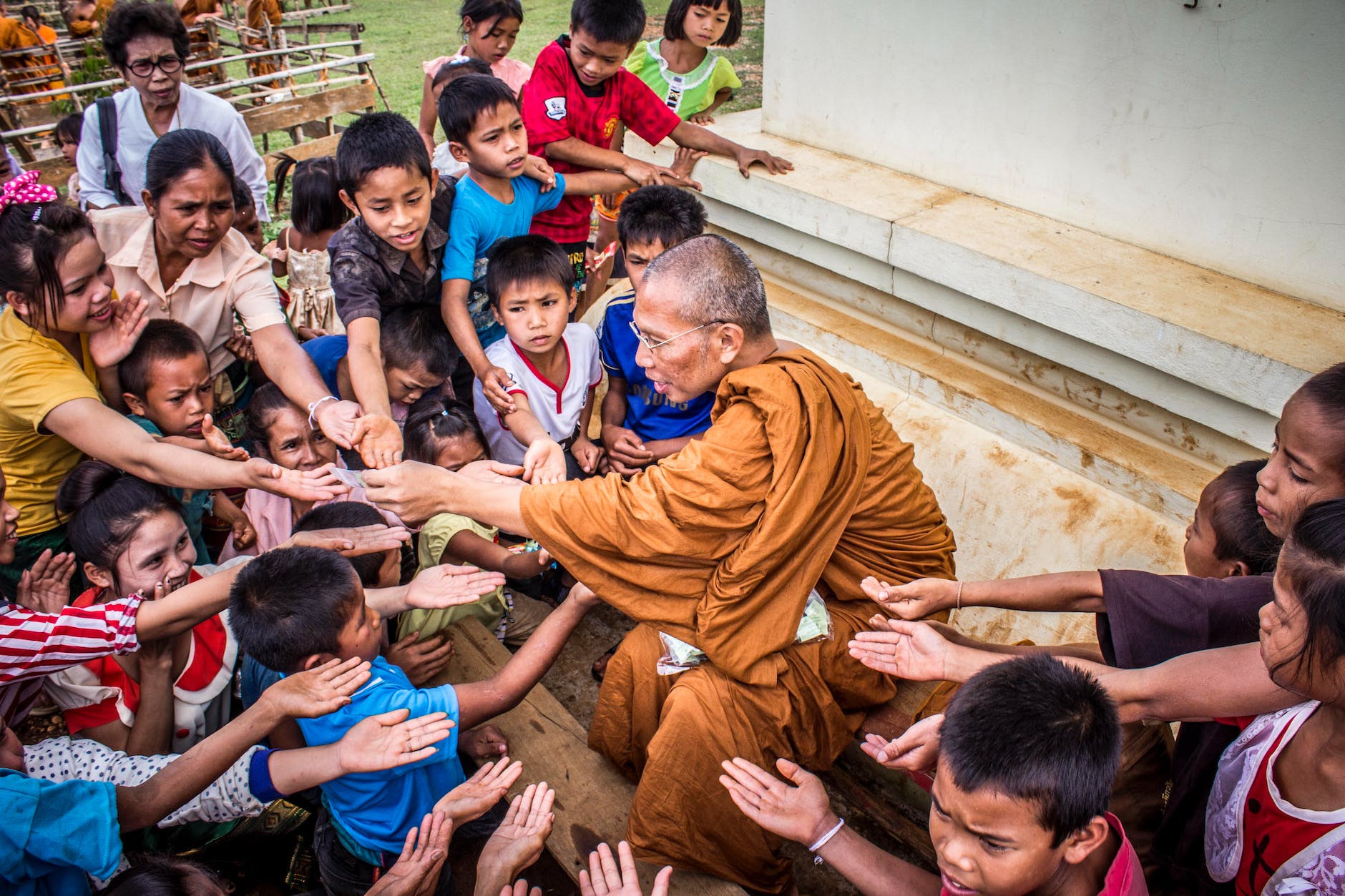
Make your life what you want.
Reflections from the edge of the singularity

Make your life what you want.

Kahoot, the Oslo-based startup known for its gamified e-learning platform, is set to go fully private in an all-cash private equity deal led by Goldman Sachs Assets Management, valuing the company at $1.7 billion. The deal also includes existing Kahoot backers General Atlantic, LEGO Group’s KIRKBI Invest A/S, and Glitrafjord, controlled by Kahoot CEO Eilert Hanoa, among others. Despite the premium on Kahoot’s publicly traded shares, the valuation is a step down from the company’s peak during the COVID-19 pandemic, reflecting the struggles tech companies face in the current economic climate.
Kahoot has seen significant growth due to the rise of remote learning, hosting hundreds of millions of learning sessions with 9 billion participants in over 200 countries. However, like many tech businesses, it has struggled in the public markets post-pandemic. The company’s Q2 financials showed $41 million in revenues, up just 14% on last year, and cash equivalents of $96 million by the end of the second quarter. Despite not being at its peak valuation, the private equity group believes in the long-term opportunity of Kahoot.

A new, comprehensive report from the University of Chicago Consortium on School Research delves into the critical period of adolescence, a time of significant growth and change that sets the stage for adulthood. The report emphasizes the importance of investing in adolescents to ensure their future success and the prosperity of our society.
The report begins by highlighting the unique characteristics of adolescence. It’s a time of rapid brain development, particularly in areas related to social and emotional learning. Adolescents are not just oversized children; they have unique needs and potentials that require targeted support.
The study underscores the importance of a supportive environment for adolescents. Schools, families, and communities all play a vital role in shaping adolescents’ experiences. The report suggests that these environments should be designed to foster positive relationships, provide meaningful learning experiences, and promote healthy identity development.
One of the key findings of the report is the importance of social and emotional learning (SEL) during adolescence. SEL skills, such as self-awareness, self-management, social awareness, relationship skills, and responsible decision-making, are crucial for adolescents’ success in school and life. The report advocates for integrating SEL into the school curriculum and providing adolescents opportunities to practice these skills in real-world contexts.
No products found.
The report also discusses the role of equity in adolescent development. It argues that all adolescents, regardless of their background, should have access to high-quality educational opportunities. The report calls for policies and practices that promote equity and ensure that all adolescents can reach their full potential.
In conclusion, “Investing in Adolescents” is a call to action for educators, policymakers, and society at large. It emphasizes that adolescence is a critical period that shapes individuals’ futures and the future of our society. By investing in adolescents and providing them with the support they need, we can unleash their potential and create a brighter future for all.
The Eclectic Educator is a free resource for everyone passionate about education and creativity. If you enjoy the content and want to support the newsletter, consider becoming a paid subscriber. Your support helps keep the insights and inspiration coming!

According to a survey conducted by the Walton Family Foundation and Impact Research, the use of AI tools among teachers has seen a significant increase, growing 13 percentage points from winter to summer. The survey found that 63% of teachers are now using AI, up from 50% in February. On the other hand, student participation has also increased but at a slower pace, rising from 33% to 42% during the same period.
The survey results revealed that a large majority of teachers (84%) who have used ChatGPT reported that the AI technology has positively impacted their classes. As the use of AI in education continues to grow, Common Sense Media announced plans to develop an in-depth AI ratings and reviews system to assess AI products used by children and educators on responsible AI practices and other factors.
The article also mentions that while some districts have blocked ChatGPT and other AI-powered tools, others are exploring how the technology can improve education workplace practices. As interest and use intensify, many education professionals are searching for guidance and credible sources of information on ways to safely and effectively incorporate AI.
The Eclectic Educator is a free resource for everyone passionate about education and creativity. If you enjoy the content and want to support the newsletter, consider becoming a paid subscriber. Your support helps keep the insights and inspiration coming!

In a recent study conducted by researchers at Columbia University, a prototype AI writing-support tool named Scraft has been developed. This tool is designed to aid writing education by using recursive feedback mechanisms to encourage critical thinking.
Scraft is not just a simple text-generating AI; it’s a sophisticated tool that asks Socratic questions to users and provides personalized feedback throughout the writing process. This approach is designed to stimulate critical thinking and improve writing skills by engaging the writer in a recursive process of reflection and revision.
The researchers conducted a preliminary study with 15 students to evaluate the effectiveness of Scraft. The results indicated that the recursive feedback provided by Scraft was helpful in improving the students’ writing skills. However, the participants also noted that the feedback was sometimes factually incorrect and lacked context. This highlights the challenges of developing AI tools that can provide accurate and contextually appropriate feedback.
The researchers argue that AI writing-support tools should focus on preserving the recursive and thought-provoking nature of writing. This means that the AI should not just correct grammar and spelling errors, but also engage the writer in a dialogue that encourages reflection and revision.
Scraft could be particularly beneficial for multilingual learners. It can provide immediate, personalized feedback, which can be especially helpful for those who are learning English as a second language and may not have access to a human tutor. The Socratic questioning approach used by Scraft can also help multilingual learners to think critically in English, which is an important skill for academic writing.
However, it’s important to note that Scraft is still a prototype and further research is needed to improve its accuracy and contextual understanding. Despite these challenges, the development of Scraft represents an exciting step forward in the use of AI in education.
The Eclectic Educator is a free resource for everyone passionate about education and creativity. If you enjoy the content and want to support the newsletter, consider becoming a paid subscriber. Your support helps keep the insights and inspiration coming!

Larry Ferlazzo shares a round-up of educators who share their unique experiences incorporating AI tools like ChatGPT into their teaching methods.
Mary Beth Hertz, a high school teacher, leverages AI to educate her students about the nuances and biases inherent in artificial intelligence. She encourages her students to interact with ChatGPT, fostering a deeper understanding of AI’s strengths and limitations. In her entrepreneurship class, ChatGPT is used as a tool to refine mission statements and business pitch language.
Paul Wilkinson, a teacher of secondary English and social studies, employs AI to devise learning challenges for his students and provide them with comprehensive feedback. He uses AI to create curriculum-based content, formulate rubrics, and offer personalized feedback to each student. He also designed a reflection assignment to enhance students’ metacognitive skills.
Mick McMurray, a teacher specializing in marketing and entrepreneurship, uses ChatGPT as an assistant for student assignments. He crafted a series of ChatGPT prompts for a high school marketing class project, leading to an engaging “choose your own adventure” reading experience for the students.
Of course, the article underscores that while the use of generative AI in K-12 settings is still emerging, it holds the potential to boost student creativity, enhance writing skills, and provide students with a clear understanding of AI’s limitations. The educators involved believe that when used wisely, AI tools can serve as valuable partners in the learning journey.
The Eclectic Educator is a free resource for everyone passionate about education and creativity. If you enjoy the content and want to support the newsletter, consider becoming a paid subscriber. Your support helps keep the insights and inspiration coming!

In a world increasingly reliant on AI tools, a recent study by the University of Copenhagen reveals a significant cultural bias in the language model ChatGPT. The AI chatbot, which has permeated various sectors globally, from article writing to legal rulings, has been found to predominantly reflect American norms and values, even when queried about other cultures.
The researchers, Daniel Hershcovich and Laura Cabello, tested ChatGPT by asking it questions about cultural values in five different countries, in five different languages. The questions were derived from previous social and values surveys, allowing the researchers to compare the AI’s responses with those of actual people. The study found that ChatGPT’s responses were heavily aligned with American culture and values, often misrepresenting the prevailing values of other countries.
For instance, when asked about the importance of interesting work for an average Chinese individual, ChatGPT’s response in English indicated it as “very important” or “of utmost importance”, reflecting American individualistic values rather than the actual Chinese norms. However, when the same question was asked in Chinese, the response was more in line with Chinese values, suggesting that the language used to query the AI significantly influences the response.
This cultural bias in AI tools like ChatGPT has serious implications. As these tools are used globally, the expectation is for a uniform user experience. However, the current situation promotes American values, potentially distorting messages and decisions made based on the AI’s responses. This could lead to decisions that not only misalign with users’ values but may even oppose them.
The researchers attribute this bias to the fact that ChatGPT is primarily trained on data scraped from the internet, where English is the dominant language. They suggest improving the data used to train AI models, incorporating more balanced data without a strong cultural bias.
In the context of education, this study underscores the importance of students and educators identifying biases in generative AI tools. Recognizing these biases is crucial as it can significantly impact their work when using AI tools. For instance, if students use AI tools to research or generate content, cultural bias could skew their understanding or representation of certain topics. Similarly, educators must be aware of these biases to guide students appropriately and ensure a comprehensive and unbiased learning experience.
Moreover, the study serves as a reminder that AI tools are not infallible and should not be used uncritically. It encourages the development of local language models that can provide a more culturally diverse AI landscape. This could lead to more accurate and culturally sensitive responses, enhancing the effectiveness and reliability of AI tools in various fields, including education.
In conclusion, while AI tools like ChatGPT offer numerous benefits, it’s crucial to be aware of their limitations and biases. As we continue to integrate AI into our work and learning environments, we must strive for tools that respect and reflect the diversity of our global community.
The Eclectic Educator is a free resource for everyone passionate about education and creativity. If you enjoy the content and want to support the newsletter, consider becoming a paid subscriber. Your support helps keep the insights and inspiration coming!

The world of education, specifically K-12, is on the brink of a significant transformation. The catalyst? Generative AI tools. These tools, such as Large Language Models (LLMs) and ChatGPT, are heralding a new era of automation, promising to reshape how we approach administrative and teaching tasks in schools.
Generative AI tools are a generational leap in what we can automate with software. They are not just about replacing human effort but also about creating entirely new kinds of automation. The potential impact on jobs and people is profound, and the pace of change is rapid. For instance, ChatGPT has already amassed over 100 million users in just six months.
The world of education is no stranger to automation. Over the past two centuries, we’ve seen waves of automation that have eliminated certain jobs while creating new ones. This process, while sometimes disruptive, has ultimately led to increased prosperity and efficiency.
For school administrators and teachers, generative AI tools could automate many tasks, freeing up time for more strategic and student-focused activities. For example, these tools could automate administrative tasks such as scheduling, record-keeping, and communication with parents. They could also assist teachers with tasks such as grading, lesson planning, and even providing personalized learning support for students.
However, the adoption of these tools is not without challenges. The tools that people use to do their jobs are complicated and very specialized, embodying a lot of work and institutional knowledge. Replacing or automating any of these tools and tasks is not trivial. There’s a huge difference between an amazing demo of a transformative technology and something that a big complicated organization can use.
Moreover, while generative AI tools can answer ‘anything’, the answer might be wrong. They are not databases but pattern matchers. They can produce answers that fit the pattern of the question but may not be factually correct. This means that while they can automate many tasks, their outputs still need to be checked.
Despite these challenges, the potential benefits of generative AI tools in K-12 education are immense. They could lead to more efficient administration, more personalized learning, and ultimately, better educational outcomes for students. However, it’s important to remember that these tools are not a magic bullet. They are just another wave of automation, and their successful implementation will require careful planning, training, and adjustment.
In conclusion, generative AI tools hold great promise for automating tasks in K-12 education. However, their adoption will require careful planning and a clear understanding of their capabilities and limitations. As with any new technology, the key to success will be in how well we integrate these tools into our existing systems and processes, and how well we adapt to the new ways of working they enable.
FAQ
The Eclectic Educator is a free resource for everyone passionate about education and creativity. If you enjoy the content and want to support the newsletter, consider becoming a paid subscriber. Your support helps keep the insights and inspiration coming!

Heading into the second half of 2023, I thought I’d take a minute and review some of my accomplishments thus far. This is mostly for my own benefit as I continue to curate a digital commonplace book.
Also, it scratches my itch to curate all the things. So here we go…
Music
I curate a Spotify playlist every year of great songs I find or rediscover over the course of the year. Here is the 2023 playlist, so far:
The Eclectic Educator is a free resource for everyone passionate about education and creativity. If you enjoy the content and want to support the newsletter, consider becoming a paid subscriber. Your support helps keep the insights and inspiration coming!

If you’re on Goodreads or Storygraph, let’s connect and see where our reading journeys take us.
The Eclectic Educator is a free resource for everyone passionate about education and creativity. If you enjoy the content and want to support the newsletter, consider becoming a paid subscriber. Your support helps keep the insights and inspiration coming!